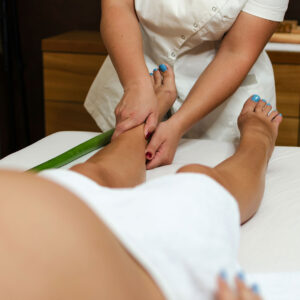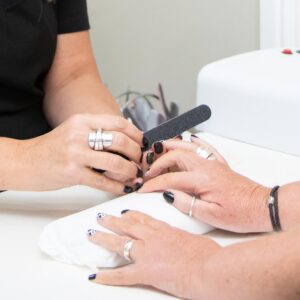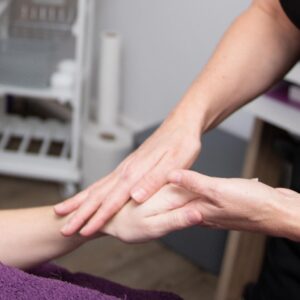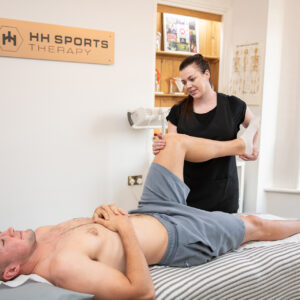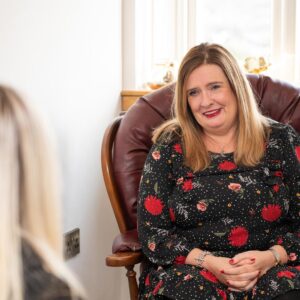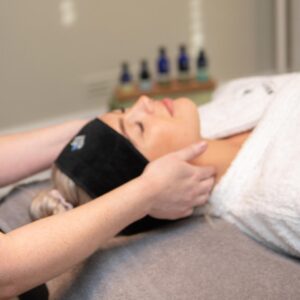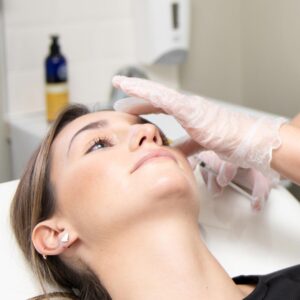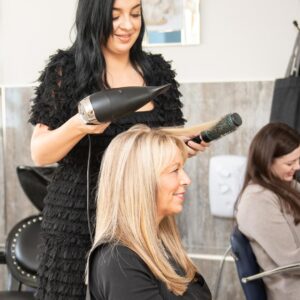— Traditional Chinese Acupuncture —
Traditional Chinese Acupuncture -is a painless procedure which can be used to treat a wide variety of ailments as well as bringing a sense of calm to your wellbeing. Acupuncture points are believed to stimulate the central nervous system. This, in turn releases chemicals into various parts of the body. These biological changes may stimulate the body's natural healing abilities to promote physical and emotional wellbeing.
Traditional Chinese Acupuncture
Acupuncture is one of the longest established forms of healthcare in the world. Acupuncturists are trained to use subtle diagnostic techniques that have been developed and refined for thousands of years. The focus is on you as an individual, not your illness, and all symptoms are seen in relation to each other. Treatment involves the insertion of very fine needles into specific acu -points in the body, which assists in the vital flow of your body’s qi, or vital energy. In the ancient tradition of Chinese medicine, illness is a disharmony of the whole body and the aim is to restore harmony and constitutional balance using the governing principle of yin/yang to restore and heal the complex interconnections between all aspects of the patient.
This approach offers a more holistic, personalised consideration of health and disease and of the delicate interplay between those opposing forces.
Achieving this balance in mind, body and spirit lies at the heart of Chinese medicine, Acupuncture, and optimum health.
Your first visit will be an informal but thorough discussion with you to inform you of your diagnosis.
This will involve questioning on health, history and physical analysis. A personal treatment plan will follow.
Weekly sessions are advised initially and, typically, as you improve you will attend less frequently. Thereafter, maintenance treatments are encouraged. Speed of improvement varies and is highly individual. It usually depends on the patient’s baseline energy rather than the nature of the complaint. Loose clothing is recommended.
Some adjunctive therapeutic techniques may also be used such as:
Moxibustion – warm application of a dried plant called moxa on, or near, the skin;
Guasha – an instrumented assisted technique of press-stroking a lubricated area of the skin;
Tui na – a form of Chinese massage;
Cupping – application of glass cups to the skin to create suction and clear stagnation.
Staff
Sophie Scott-Thorburn : Acupuncture
Contact Information
Email: [email protected]
Mob: 01639 632035
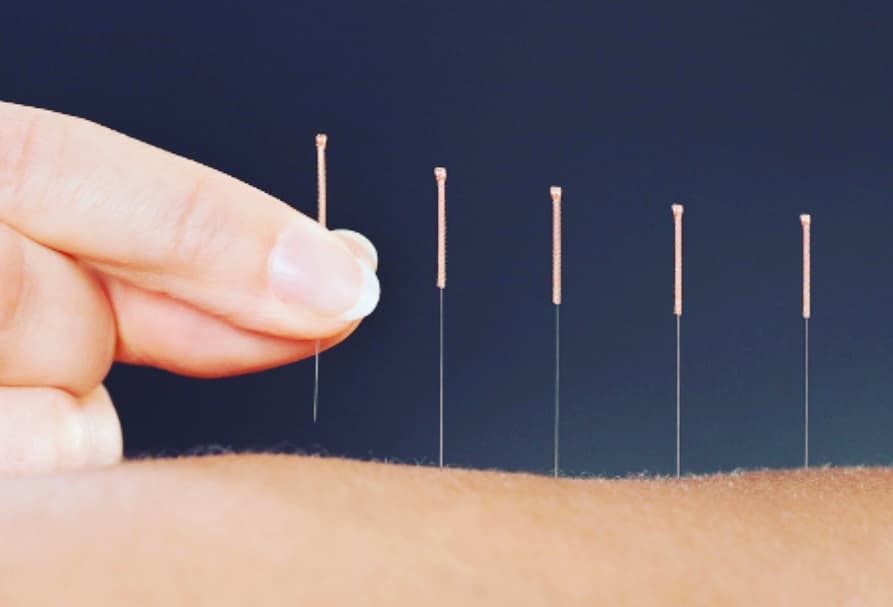
Book a traditional chinese acupuncture session with us now
Call:
01639 632035
Email:
Send us an email
